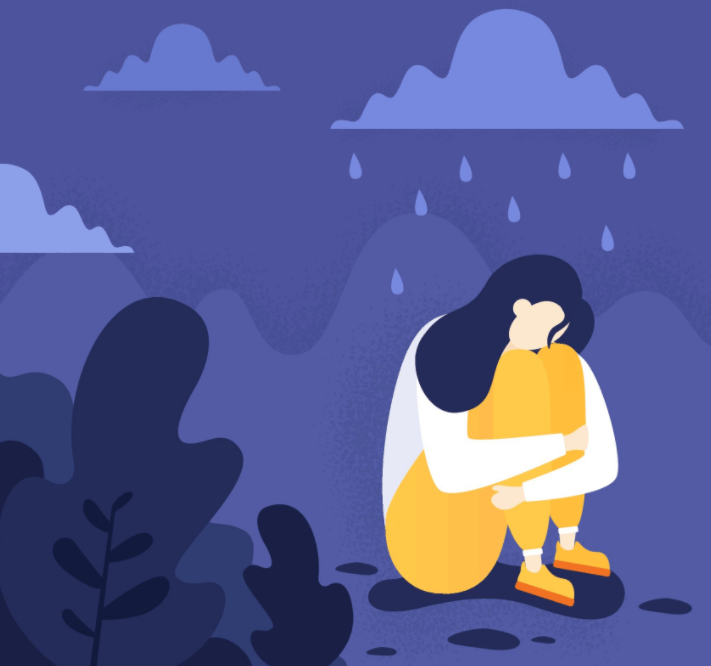September is Suicide Awareness month, and our blog has been focusing on the subject. There can be such a stigma around suicide, that we want to encourage people to talk about their mental health and their struggles. When we talk about suicide, it can give us a better understanding of how to prevent it. And how to help those who might be hurting.
Today we want to explain the difference between passive suicide ideation and active suicide ideation. The difference can be thought to be very simple, but often time we know it can be much more complex than we think.
Passive Suicide Ideation is when you have thoughts of suicide or self harm but no plan to carry it out.
Active Suicide Ideation is when you have thoughts of suicide or self harm, and have developed a plan to carry it out.
Sometimes we think that there are no signs that can help us recognize when someone has formulated a plan to carry out suicide. Often times it can be a private topic or feeling, that people will keep to themselves. But other times, there can be warning signs that we can look out for. According to an article on a website called Better Help, there are a few signs and symptoms to look out for pertaining to suicide ideation. They break them down into three categories, behavioral, physical, and psychosocial.
Behavioral Symptoms:
- Giving away possessions
- Talking about death, dying, or not being around in the future
- Using phrases that make death sound like an option such as “When I am gone,” “If I were to kill myself…”
- Saying goodbye or making amends with loved ones
- Collecting items that are harmful or potentially dangerous
- Social withdraw
- Increased drug or alcohol usage
- Not participating in activities that were once enjoyable
- Engaging in risky or potentially harmful behaviors
Physical Symptoms:
- Scars from past attempts at suicide or self-harm
- Drastic or sudden change in eating or sleeping patterns
- Chronic illness
- Cognitive Symptoms:
- Obsessing over the belief that the only end to emotional pain is through death or suicide
Psychosocial Symptoms:
- Feeling Helpless or Hopeless
- Feeling that emotional pain is never ending
- Self-hatred/ self-loathing
- Paranoia
- Emotional pain
- Frequent or drastic mood swings
- Sudden changes in personality or behavior
- Intense anxiety and increased irritability
We at Biltmore Psychology and Counseling encourage you to seek help if you or a loved one are having any type of suicide ideation. The benefits of therapy can be of utmost importance when someone is feeling hopeless. We take a very supportive, caring, and individualistic approach to treating our clients when they are struggling. And there are many wonderful therapists, counselors, Psychiatrists, and Psychologists out there who do the same.
If you need support right now, call the Suicide Prevention Lifeline at 1-800-273-8255.
We’re Here to Help
You can read about our team and call the our office with any questions you might have. We’re located in the Biltmore area of Phoenix, AZ. Call us today at (480) 999-7070.



